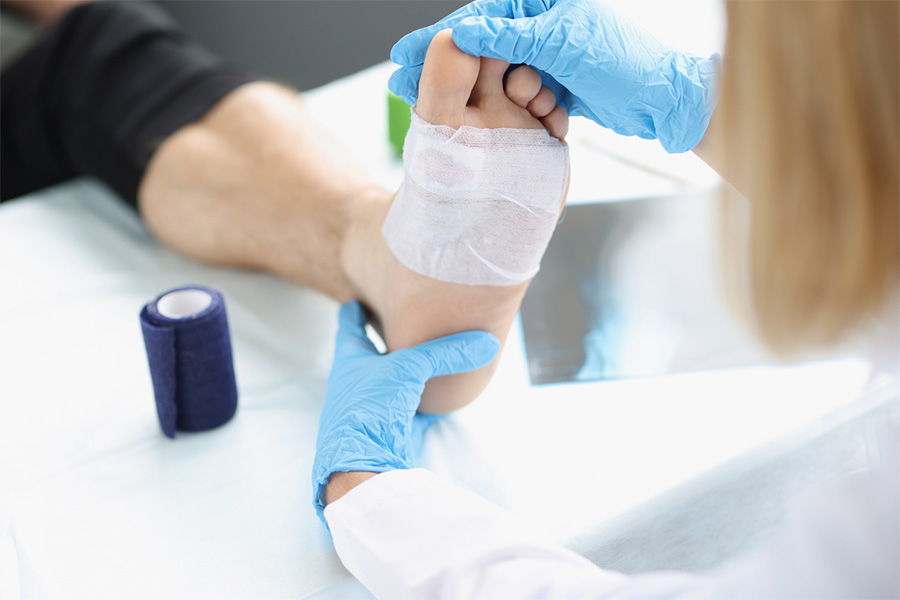If you wear high-heeled shoes or shoes that are too tight, you might develop a condition known as hammertoe. Your risk of this issue also increases if you had an injury to a toe or an abnormal-balanced toe.
What is Hammertoe?
With hammertoe, you have a digit that curls or bends downward at the second joint, which gives it the appearance of a hammer, thus the name. Usually, this issue affects your second, third, or fourth toe, but it can affect any of your toes.
You could acquire it if you wear tight shoes or high heels, but you might also develop it if you have arthritis or a toe injury. A toe with an imbalance could become unstable and can also be turned into a hammertoe.
When you have a hammertoe, you experience pain when you move the toe. Inflammation, a burning sensation, or redness could occur as well. In serious cases, your pain can interfere with your ability to walk normally. Calluses or corns may appear as your shoes irritate the affected toe.
Often, your doctor will be able to diagnose hammertoe through a visual analysis of your foot. However, your physician may order imaging to view the joints and bones of your toes.
Non-Surgical Treatment for Hammertoe
A Milford foot and ankle specialist can treat your hammertoe with conservative treatment as opposed to surgery. Nonsurgical means are for less severe cases.
The treatment will consist of altering the type of shoes you wear. When you seek out the assistance of Cincinnati Foot and Ankle Care, your practitioner will assess your foot to determine if your arch played a role in the onset of this condition. If it did, your doctor will prescribe insoles to support your arch.
Your doctor may also recommend shoe pads, inserts, or a splint to relieve pain and ease the pressure by repositioning your toe. Likewise, your practitioner may recommend that you perform exercises with your affected toe to strengthen and stretch it.
Surgical Treatment for Hammertoe
Sometimes, you’ll need surgery to correct a hammertoe if other methods can’t help you regain function and decrease your pain.
The surgeon will recommend a minimally invasive foot surgery that only requires a small incision. For example, joint resection is one option. During this procedure, a Milford foot and ankle practitioner will cut your tendons and ligaments to place the toe in its rightful position. In some cases, your surgeon will place rods or metal pins at the surgical site to hold the toe straight.
Or, your physician may recommend a tendon transfer, which is also a minimally invasive surgery. This Cincinnati Foot and Ankle Care procedure consists of a surgeon rerouting the tendon on the bottom of your toe to the top of your toe. The tendon will pull your toe to straighten it out.
Even if you don’t require surgery for your hammertoe, you may benefit from a surgical procedure if you have a corn. The procedure consists of your surgeon gently scraping the corn with a surgical scalpel.
Surgery is only necessary in some cases. Lifestyle changes and other non-invasive methods might be enough to correct your problem. However, if you require surgery, your surgeon will discuss the ideal solution to correct your toe deformity.
Schedule an appointment with Cincinnati Foot & Ankle Care, serving the southwest Ohio region and nearby area, by calling us at one of our 18 locations or using our online scheduling form.





